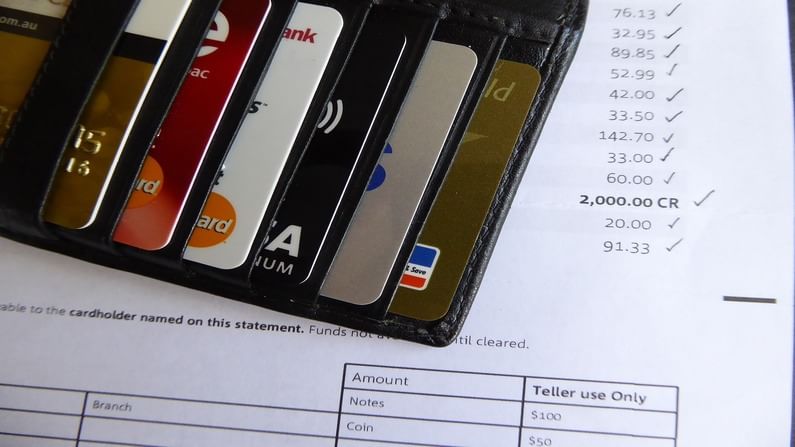Crucial things you should not miss while checking your credit card statement
As a credit card user, it is critical to comprehend the tiny print on your account statement in order to avoid being overcharged

Banks provide credit card statements to cardholders at the end of each payment period. These statements summarise your card usage for the specified time period. Nevertheless, if you are unfamiliar with credit cards, you may find the facts on the statement confusing.
As a credit card user, it is critical to comprehend the tiny print on your account in order to avoid being overcharged by the bank and accumulating more debt. Apart from problems in your name, address, and transactions, you should be able to identify unauthorised charges, billing issues, and missed due dates on your account before paying the bill.
Know your statement date
This is the date on which you will receive your credit card statement. The date is critical in determining the late payment cost. If you do not pay your dues on time, you will be charged interest on the amount due, which is calculated using your statement date. Interest will be calculated beginning with the date of the statement.
Never miss your due date for payment
This is the date by which your bank expects to receive payment in full for the billed amount. Indeed, a credit card user should avoid deferring payment due dates, as there may be a delay between the payment being made and the lender receiving it.
For instance, if you paid your credit card bill with a cheque, it may take 2-3 days for the cheque to clear. It is, therefore, prudent to deposit the cheque at least a week before the payment due date to avoid delay in payments owing to bank holidays or other unforeseen situations.
Billing cycle
Billing cycle refers to the time period between two consecutive statement dates, which is typically 30 days. A billing cycle is the time period covered by the statement. The statement will show all transactions made with your credit card during this billing month.
Additionally, it will include any interest penalties and late payment fees (if applicable), as well as any funds received toward the payment of the bill or any returns on failed transactions throughout the period.
Grace period
According to RBI regulations, banks may assess late payment fees on a card only if the balance due is not paid within three days of the payment due date. If the balance is not paid during the grace period, interest begins to accrue and is computed from the payment due date.
Total amount due
As the name implies, it is the entire amount owed over the course of a billing cycle. Apart from prior billing cycle transactions, it will also include any relevant interest or late payment charges, service charges, yearly charges, and other transactional fees.
Minimum amount due
It is the minimum amount payable on a credit card account by the payment due date in order to avoid being charged a late fee. It is a percentage of the outstanding balance (usually 5%) or the smallest amount that must be paid in order to avoid late fines. It is critical to realise that if the cardholder pays only the minimum amount due, interest will begin to accrue on the balance due until it is paid in full.
If a cardholder continues to pay only the minimal amount required, he or she will find themselves in a debt trap, as interest on the unpaid balance will accrue immediately. As a result, it is prudent to disregard the “minimum sum owing” and pay the “whole amount due” wherever possible.